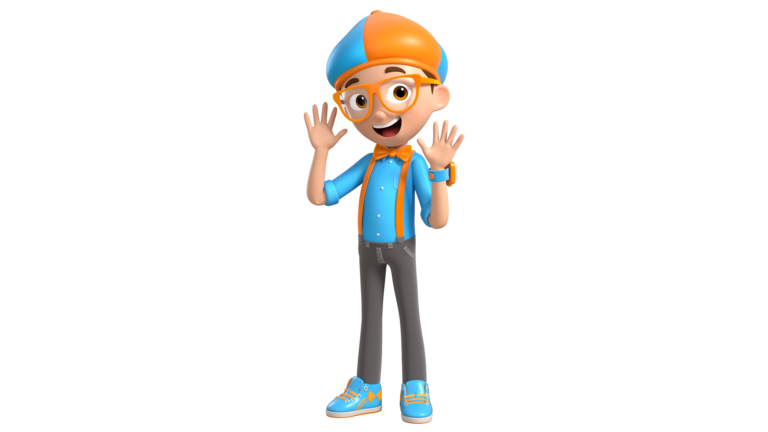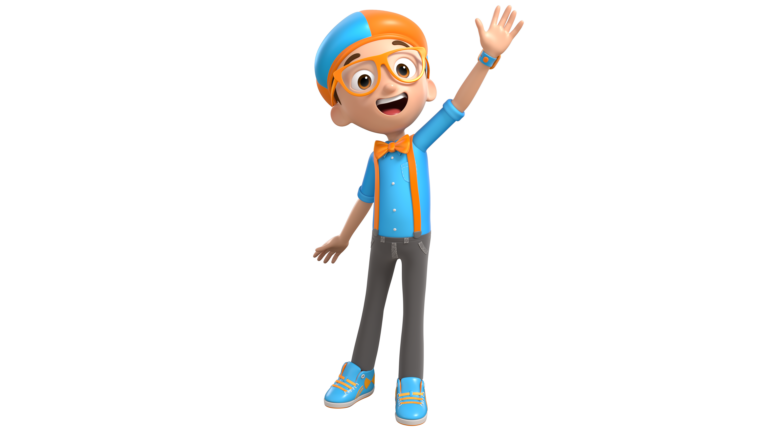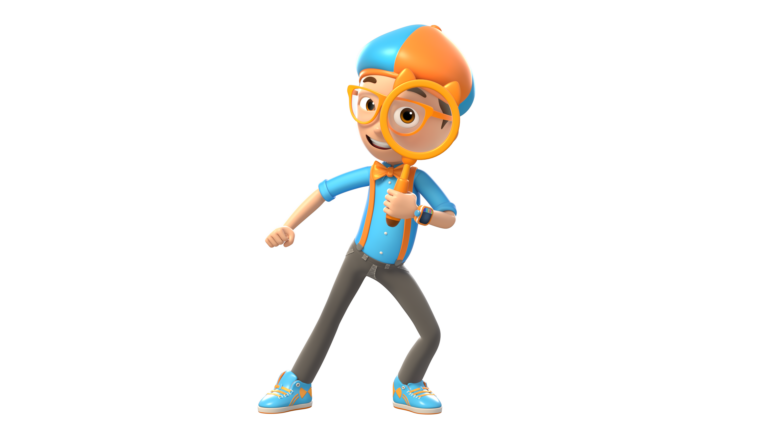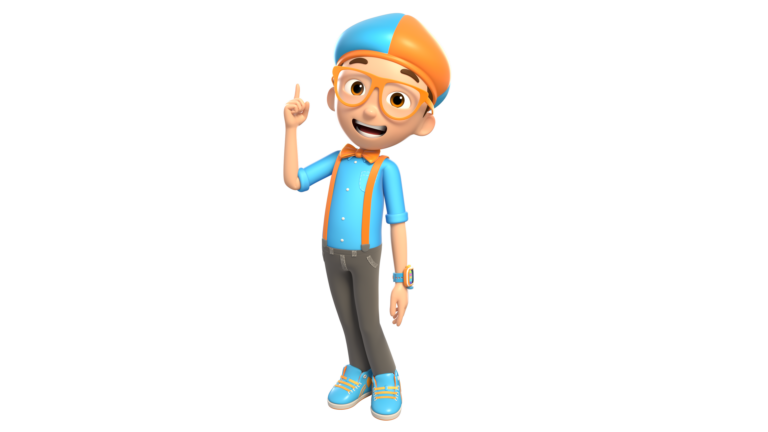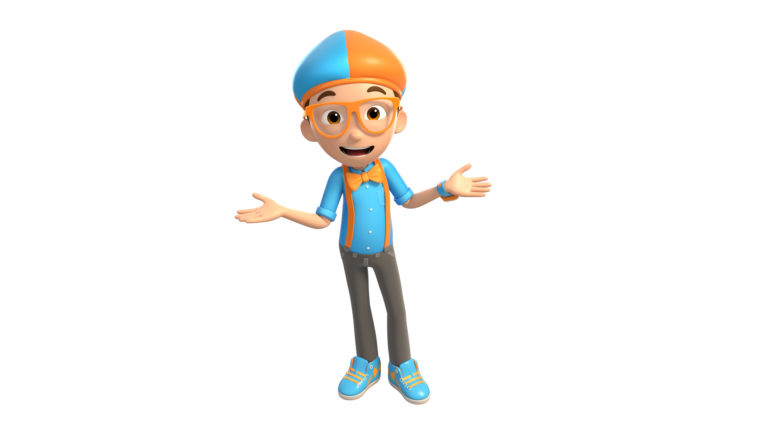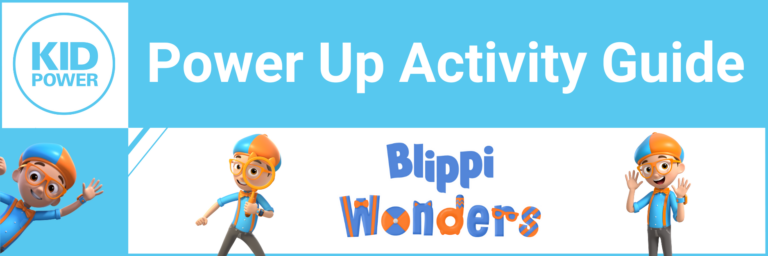
@GoKidPower #GoKidPower

In Garbage Truck, Blippi talks to a fly about why flies like garbage. In Popsicle, Blippi talks to a popsicle about why she needs to live in a freezer. You and your child will go along with Blippi as he learns from each of these unique characters.
Prepare to watch the videos by completing the “Jump the Line” activity with your child. Then, play the videos and learn and have fun with Blippi! After the videos are over, do the “Ice Experiment” activity with your child and explore how ice reacts in different conditions.
Don’t forget to tag us and share your experiences to win our Power Up Your Summer Contest!
CLICK HERE to learn more!
Tell your child that you’re going to watch two Blippi videos today, and that in one video, Blippi talks to a character who likes to eat garbage. In the other video, Blippi talks to a character who needs to live in a very cold place to survive.
Explain that these things might seem different from what we like or need to survive, and that you’ll be talking about it together after you watch the videos.
Invite your child to play a game that will help you explore what different things like or need to survive.
Lay a long stick or jump rope in the middle of your play area.
Tell your child that the left side of the line is for things that need or like cold, and the right side is for things that need or like heat. Explain that you’re going to call out the names of a few things.
If the thing you call needs or likes cold, your child should jump to the left side. If it needs or likes heat, your child should jump to the right side. If it can be happy in either, your child should land with one foot on either side of the line.
Have your child stand in the middle of the play area, and then call the following:
Polar bearLizardFireIceHumansYou can choose to stop here, or add a few more ideas of your own.
If you like, invite your child to call out the names of some other things, while you “jump the line.”
Ask your child how their mind and body feel right now, after playing this game. Explain that there’s no right or wrong way to feel.
You can play this game again using different categories, like:
land/waterplants/animals (herbivore/carnivore)wilderness/with peopleInvite your child to join you in watching two short Blippi videos. Remind them that you’ll be following along as he talks to two different characters about things they like or need to survive.
Explain that during the videos, the Blippi Mobile might fly, hop, or swim — and that you’ll pretend to do those things, too!
Find a place that has enough space for both of you to move comfortably.
Play the videos and have fun doing the same motions as the Blippi Mobile, while you and your child learn from the characters Blippi meets.
When the video is over, ask your child why flies like garbage, and why popsicles need to be very, very cold.
Ask your child if they like garbage or being very, very cold.
Remind them of the “Jump the Line” activity you did together earlier — different things like or need different foods and environments. What might seem strange or uncomfortable to one person might be just the thing someone or something else needs to be happy!
Take a few moments to talk about some of the things that each of you like and dislike, and explain that it’s okay to like and need different things.
Finally, ask your child how it feels knowing that they’ve helped other kids through Kid Power! Do they know what a ready to use therapeutic food packet is? Which local cause did they decide to donate to?
Remind your child that the popsicle character Blippi spoke with needed to live in the freezer to survive. Her ideal temperature was 32 degrees Fahrenheit, 0 degrees Celsius.
Explain that now you’re going to do an experiment in which you’ll see how long ice takes to melt in the sun, in the shade, and when salt is added.
Have your child help you place one ice cube in each cup/plate.
Together, place two ice cubes in a shady, cool location. Pour some salt on one of the ice cubes. Place two ice cubes in a sunny, warm location. Pour some salt on one of the ice cubes.
Take note of what time you placed the ice cubes in their spots.
Ask your child how long they think each ice cube will take to melt. Write their predictions down, if you wish.
After about 5 minutes, check on the ice cubes. Ask your child to note any changes. Are any of them starting to melt? If so, which ones are melting fastest? Why?
Continue to check on the ice cubes at regular intervals. Depending on how hot the day is, you may need to wait more or less time between checks.
Ask your child what they noticed about which ice cubes melted the fastest. Ask why they think that happened.
Ask what else they might do to the ice that would speed up the melting time.
If your child has some ideas about how to speed up the melting process, try a few of them!
If your child has questions about why salt makes ice melt faster, you can do an Internet search to find a child-friendly video explanation.
